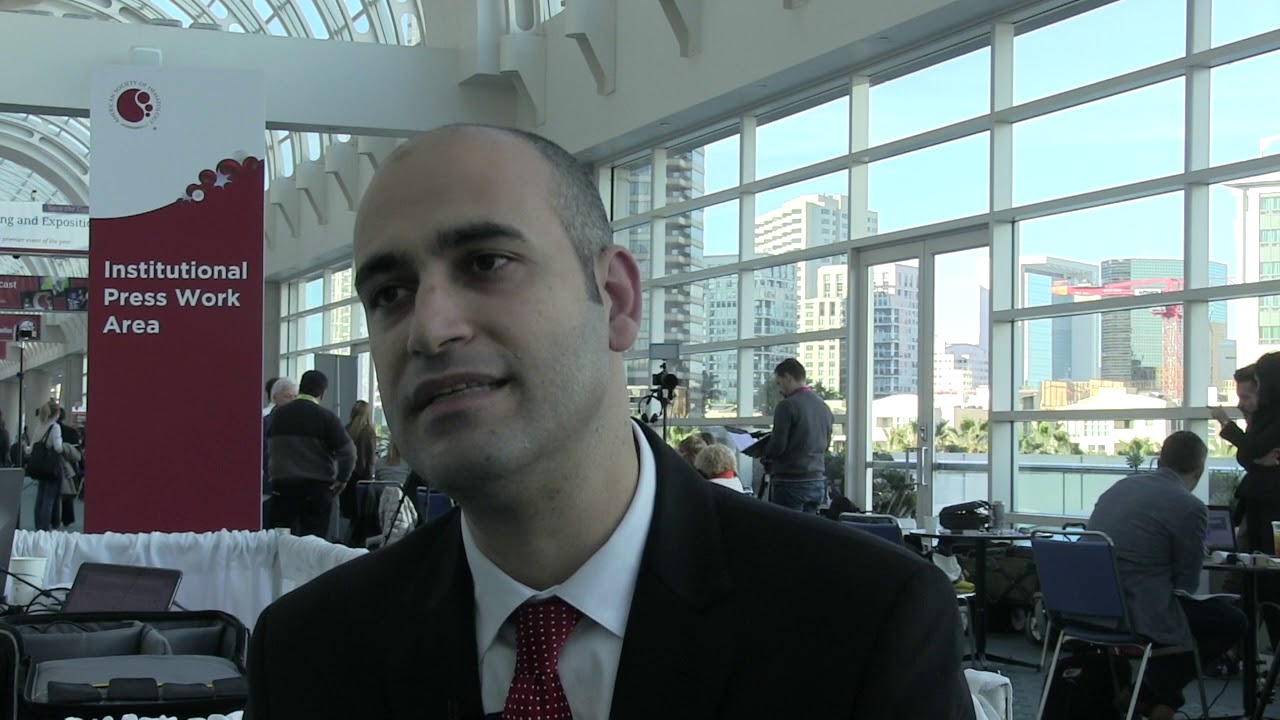The integration of mobile health technology for symptom management in acute pediatric blood and marrow transplant (BMT) patients was feasible, according to a pilot study presented at the 60th ASH Annual Meeting and Exposition.
However, study researcher Nirmish Shah, MD, of Duke University School of Medicine in Raleigh, N.C., who presented the results, expressed concerns about patient compliance.
According to the study, improved monitoring of pediatric patients undergoing BMT may result in better precision symptom management strategies. Mobile health and wearable technologies may aid in such efforts by providing data on complex symptom patterns, trajectories, and interactions.
In this pilot study, investigators used the Apple Watch to collect objective data, including heart rate and daily step counts, as well as a self-developed app to collect subjective symptom data. They followed patients for up to 120 days in both inpatient and outpatient settings.
The feasibility of implementation was assessed at four time points: transplant, engraftment, hospital discharge, and study discharge. During transplant and engraftment, patients were required to record increased fatigue and duress within a week of the event.
Ten patients were enrolled in the study, although three withdrew early because of difficulty managing the device. The remaining seven patients charted data for an average of 46.1% of days involved in the study and wore the wearable device during 40.29% of total study days. The most commonly reported symptoms were pain (52%), fatigue (13%), fever (9%), and rash (9%). One patient was admitted to the intensive care unit on day 40.
Within the compiled 551 study days, patients had 254 total days of app interaction and 222 days of wearable device use. Four patients completed all four discrete time points assessments, and two patients remain in the study.
During the discrete time points, patients interacted with the mobile app 17 of 23 times, although during transplant and engraftment, app use reached 100%. When combined with use of the wearable, 71% of patients were compliant with both devices during transplant compared with 57% during engraftment.
At study completion, researchers interviewed four patients, who reported comments such as, “I liked it because it was easy to keep track of how I felt. I liked looking back and comparing how I felt as the days went by.” However, when patients did not feel well, they used the devices less frequently.
Pain, itching, and battery life limited wearable compliance, according to the investigators.
“Daily data collection may be difficult for acutely ill pediatric BMT patients; however, combining both active and passive data collection measures may improve symptom cluster understanding and result in better symptom management interventions and strategies,” the researchers concluded.







 © 2025 Mashup Media, LLC, a Formedics Property. All Rights Reserved.
© 2025 Mashup Media, LLC, a Formedics Property. All Rights Reserved.